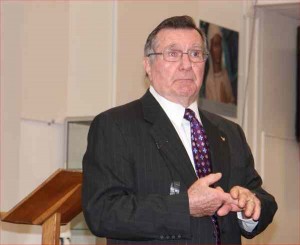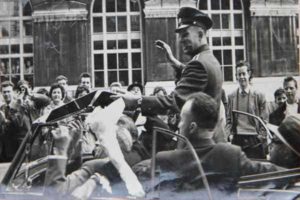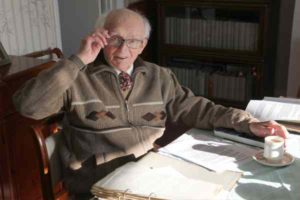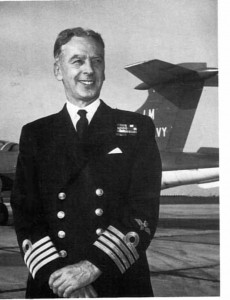 1969 is remembered for the unique event in history, Apollo 11 and the first men, Neil and Buzz on the surface of the Moon. Before the year was out, another three men headed the same way. On November 19th, Pete Conrad and Alan Bean precision landed Apollo 12 in the Ocean of Storms within walking distance of Surveyor 3, which had arrived two years earlier. The command module pilot Richard Gordon waited in lunar orbit while Conrad and Bean made two lunar EVAs during the thirty-one hours they were on the lunar surface. In April, Capt. Dick Gordon came to Pontefract in England. Gordon is one of several astronauts who have made that particular journey under the auspices of Ken Willoughby. This episode is a video recording of my short interview, followed by the Q&A at the end of his public presentation, hence the ambient noise. Ken MacTaggart from The Scotsman was also present in Pontefract, just off-screen. His article is available here.
1969 is remembered for the unique event in history, Apollo 11 and the first men, Neil and Buzz on the surface of the Moon. Before the year was out, another three men headed the same way. On November 19th, Pete Conrad and Alan Bean precision landed Apollo 12 in the Ocean of Storms within walking distance of Surveyor 3, which had arrived two years earlier. The command module pilot Richard Gordon waited in lunar orbit while Conrad and Bean made two lunar EVAs during the thirty-one hours they were on the lunar surface. In April, Capt. Dick Gordon came to Pontefract in England. Gordon is one of several astronauts who have made that particular journey under the auspices of Ken Willoughby. This episode is a video recording of my short interview, followed by the Q&A at the end of his public presentation, hence the ambient noise. Ken MacTaggart from The Scotsman was also present in Pontefract, just off-screen. His article is available here.
________________________
Today’s quote is from Apollo 12 commander, Pete Conrad, as he stepped onto the surface of the Moon.
“Whoopee! Man, that may have been a small one for Neil, but it’s a long one for me!”
Apollo 12 Dick Gordon Episode 43 www.astrotalkuk.org from AstrotalkUK on Vimeo.
Podcast: Play in new window | Download (Duration: 12:06 — 7.9MB) | Embed
Subscribe: Apple Podcasts | Spotify | RSS | More


